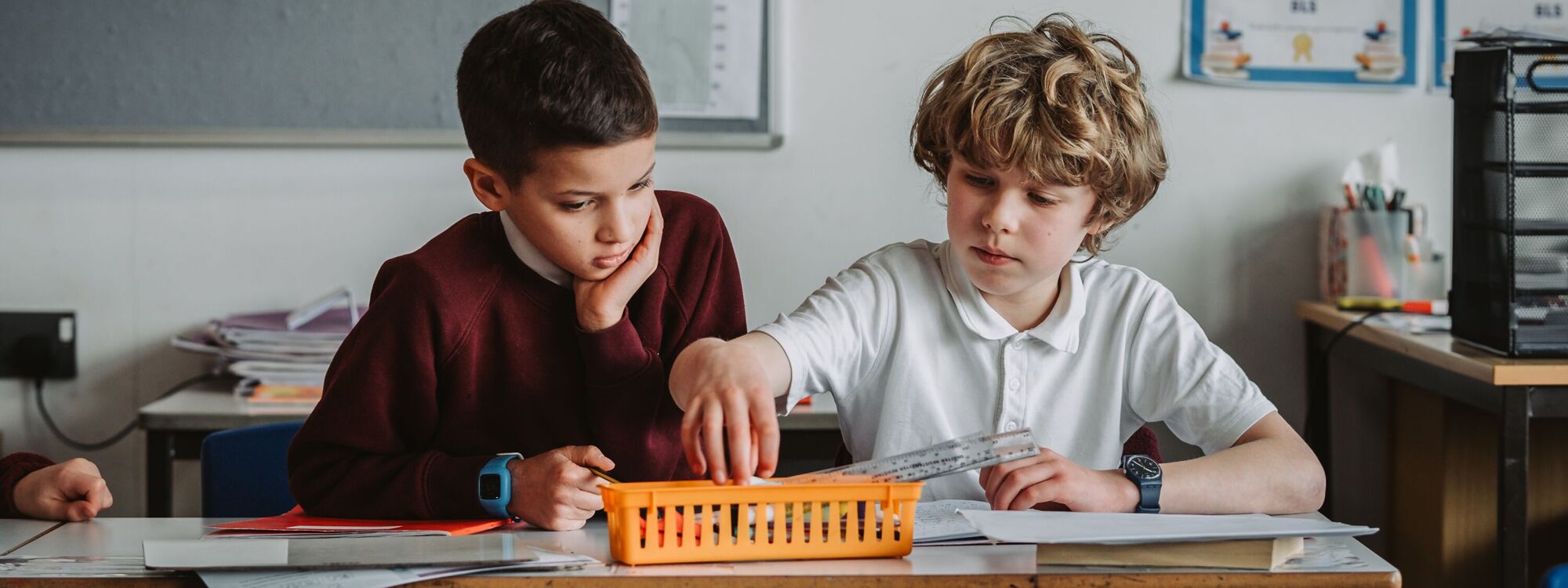History
Intent
At Ladysmith Junior School, we follow the National Curriculum to structure and shape our teaching of history. As such, we hold the aim of this document that a high-quality history education will help pupils gain a coherent knowledge and understanding of Britain’s past and that of the wider world as well as helping to understand the complexity of people’s lives, as our overarching guiding principle for shaping the provision of science. Through our curriculum we teach children to:
- Understand the history of the British Isles as a coherent, chronological narrative, from the earliest times to the present day.
- Know and understand significant aspects of the history of the wider world.
- Gain and deploy a historically grounded understanding of abstract terms such as ‘empire’ and ‘civilisation’.
- Understand historical concepts such as continuity and change, cause and consequence, similarity, difference and significance, and use them to make connections, draw contrasts, analyse trends, frame historically-valid questions and create their own structured accounts, including written narratives and analyses.
- Understand some methods of historical enquiry, including how evidence is used rigorously to make historical claims, and discern how and why contrasting arguments and interpretations of the past have been constructed.
- Gain historical perspective by placing their knowledge into different contexts, such as understanding the connections between local, national and international history.
What do history lessons look like at Ladysmith Juniors?
At Ladysmith Junior School, we use our progression map to make sure that our lessons build year on year and lesson on lesson. Our curriculum is organised chronologically to enable repeated and meaningful opportunities for children to build on their prior knowledge and make informed comparisons between different periods of history. To further support children to continue to build on their existing knowledge, each lesson begins with several carefully selected rewind questions.
We use schema, which contains text and images to describe the key knowledge they will acquire during the sequence. We use schemas to support dual coding of new information, supporting pupils to remember more, and make stronger connections with what they already know. This helps children to commit their new learning to long term memory. The schema is revisited at the beginning of every lesson, prompting the children to recall their new knowledge regularly.
We adopt an enquiry focused approach to learning in history, which develops our pupils as young historians. Through enquiry, our pupils not only build subject knowledge and understanding but become increasingly adept at critical thinking, the use of specialised vocabulary and in grasping overarching substantive concepts. We structure learning in history through big question led enquiries about relevant historical topics, places and themes. Our learning and teaching in history is interactive and practical, allowing opportunities for pupils to work independently, in pairs and groups of various sizes, both inside and outside of the classroom. Wherever possible, we provide our pupils with contemporaneous historical evidence to analyse and from which to reach conclusions and make judgements.
How do we make sure that every child succeeds?
Our curriculum aims to be inclusive for all so our planning is carefully adapted to make sure it can be accessed by all of our children and they all have an opportunity to demonstrate their historical understanding.
We continually assess the children throughout our teaching and, if any are in danger of falling behind, we offer additional support. Additionally, we assess at the end of each unit and address any misconceptions the children may have.
| Subject Documents |
|---|
| LJS Humanities Coverage |
| LJS History One Pager |
